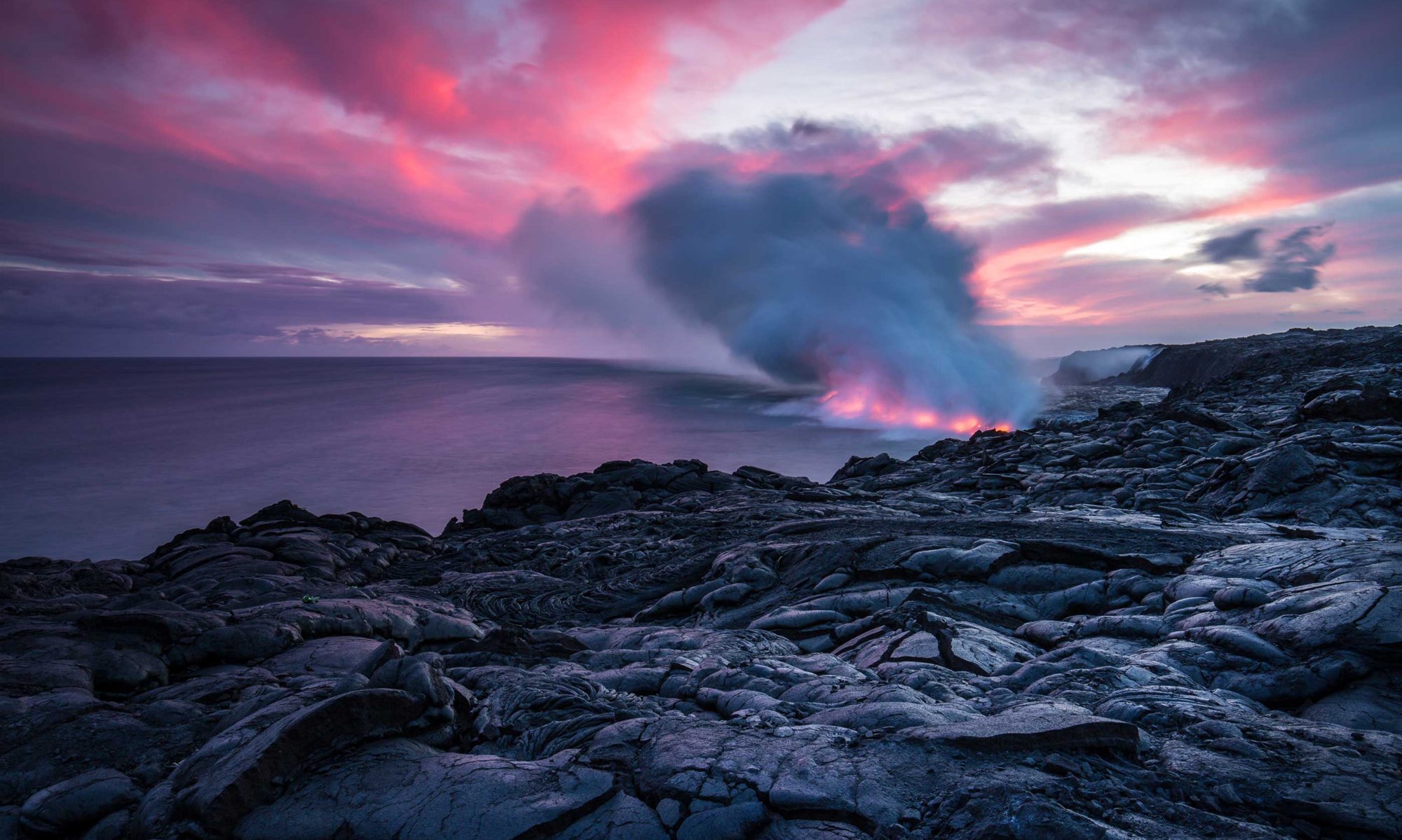Lava samples have revealed a surprising discovery about the geological makeup of the Earth’s crust and could have implications for volcanic eruption early warning systems, a University of Queensland led study has found.
Continue reading “Volcanic secrets revealed”AI in climate modeling
Earth system models are the most important tools for describing the physical state of the Earth including climate models which can predict how it might change in the future under the influence of human activities. AI is used increasingly to help improve these forecasts.
Continue reading “AI in climate modeling”Early bacterial bloom
Around 650 million years ago, the Earth entered into the Marinoan glaciation where the entire planet froze. The “Snowball Earth” restricted the evolution of life. But when it warmed, biotic life began to flourish. A research team from Tohoku University has studied rock samples from China to tell us more about this transition.
Continue reading “Early bacterial bloom”Taking Earth’s inner temperature
The Earth’s sprawling ocean ridge system is a result of overturning material in its interior, where boiling temperatures can melt and eject rocks up through the crust, splitting the sea floor and reshaping the planet’s surface over hundreds of millions of years.
Continue reading “Taking Earth’s inner temperature”Magma conveyor belt
International research led by geologists from Curtin University has found that a volcanic region in the Indian Ocean called the Kerguelen Plateau was the worlds most continuously active – erupting for 30 million years – fueled by a constantly moving conveyor belt of magma.
Continue reading “Magma conveyor belt”Supervolcano eruption more likely
New study suggests a catastrophic supervolcano eruption could be much more likely than currently believed. Current knowledge about the likelihood of eruptions is based on the presence of liquid magma under a volcano, but new research warns “ eruptions can occur even if no liquid magma is found”.
Continue reading “Supervolcano eruption more likely”Supervolcano tipping point
Scientists find it extremely challenging to try and predict when a supervolcano might erupt again due to the sheer diversity of events that have gone before.
Continue reading “Supervolcano tipping point”Climate safety valve
Scientists at the University of Southhampton have discovered that large chains of volcanoes have been responsible for both emitting and then removing atmospheric carbon dioxide over geological time thus stabilizing temperatures at Earth’s surface.
Continue reading “Climate safety valve”Volcanoes to cool Earth
Volcanoes are one of the most powerful forces on Earth and it is becoming increasingly clear that these forces are being altered by climate change.
Continue reading “Volcanoes to cool Earth”Mantle explains explosive volcanoes
Indonesia’s volcanoes are among the worlds most dangerous. To explain why, researchers from Uppsala University have used chemical analysis of tiny minerals in lava from Bali and Java. They now understand better how the Earth’s mantle is composed in that region and how magma changes before an eruption.
Continue reading “Mantle explains explosive volcanoes”
